Common Orthodontic Problems
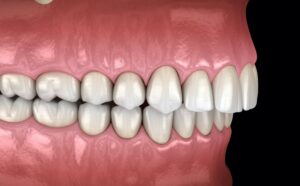
Class II
Class II problems refer to an atypical bite relationship that involves the jaw and teeth being located in front of the lower jaw and teeth. Class II problems are typically genetic and give the patient the appearance of a recessed lower jaw, a protruding upper jaw, or even both.
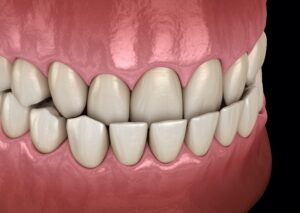
Class III
Class III problems occur when the lower jaw and teeth are in front of the upper jaw and teeth causing the lower jaw to appear to be too large. However, in many cases, it is actually the upper jaw that is underdeveloped. Class III problems are typically the consequence of a genetic problem and can be treated using a variety of techniques.
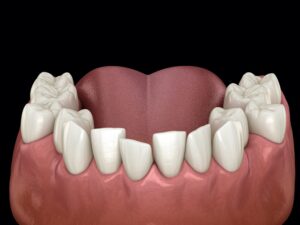
Pseudo Class III
A Pseudo Class III problem is typically a result of bad habits that cause a misaligned bite where the lower teeth are positioned in front of the upper teeth appearing to be a Class III bite. This problem is typically concentrated in younger patients and Phase I or interceptive treatment is necessary to prevent atypical growth of the jaws.

Crowding
Crowding of the teeth is one of the most common orthodontic problems, if not the most common. Crowding is usually caused by a discrepancy in the relationship between the space in each jaw and the size of the teeth. Crowding can co-exist with other orthodontic problems at the same time and can even be the cause of other problems including impacted teeth and retained teeth (teeth that do not fall out naturally), and crossbite.
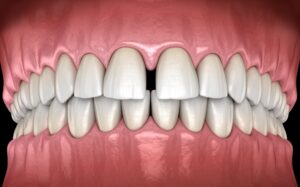
Spacing
Spaces or gaps between the teeth are another common orthodontic problem. This issue is also related to the discrepancy in tooth size relevant to jaw size. Spacing can take place between the front and back teeth. Small teeth and abnormally shaped teeth are contributors to abnormal spacing.
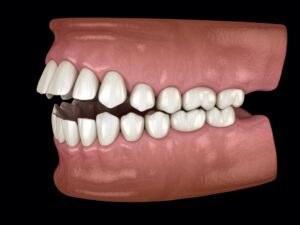
Open Bite
An open bite occurs when there is no overlap of the front teeth over the lower teeth, leaving a gap even when the teeth are closed. An open bite can be anterior (the front teeth do not overlap), this type of open bite is usually linked to jaw disharmony or habits like thumb sucking or tongue thrusting. An open bite can also be posterior (the back teeth do not meet), this type of open bite prevents the jaw from working correctly and prevents the patient from chewing correctly.

Incisor Overbite
An incisor bite is characterized by an overlapping of the front teeth and can usually be traced back to a disharmony between the length of the upper and lower jaws. This type of bite usually leads to an excessive eruption of either the upper or lower incisors or both.

Excessive Gingival Display
Also known as a gummy smile, this orthodontic problem gives the appearance of excessive exposed gums on the upper arch. There are several treatment options for this problem including non-surgical possibilities.
This orthodontic issue is commonly known as a gummy smile and is characterized by the appearance of unnecessarily exposed gums on the upper arch. At Altera Orthodontics, we offer a variety of treatment options for this condition including non-surgical options.
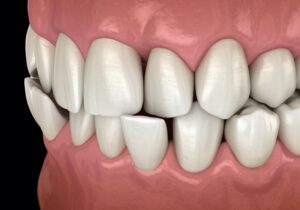
Crossbite
A posterior crossbite occurs when the upper jaw is too narrow or the lower jaw is too wide. This condition can affect one side of the jaw (unilateral crossbite) or both sides of the jaw (bilateral crossbite). Crossbites prevent the jaws from meeting correctly and cause the patient to experience difficulty chewing.
4 Easy Steps to Get Started
-

Schedule Your Complimentary Consultation
You'll meet Dr. H and his friendly staff and have a chance to tell us what your smile goals are. Then we'll do a pain-free assessment of your current dental structures. Click HERE to schedule your complimentary consultation with Dr. Hashemi today.
-

Patient Forms
Complete our online forms prior to your first visit.
-

Your Custom Treatment Plan
Dr. H will create a customized treatment plan based on your or your child's needs, answering any questions you may have about timing, pricing, or life with braces.
-

Get Started
It's time to create the beautiful smile you have always wanted. If treatment is indicated, we can start the same day!





